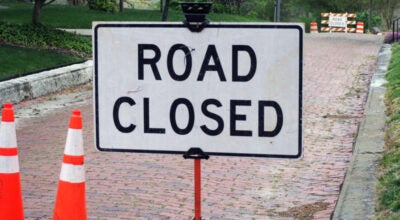Possible COVID-19 exposure from teacher training
Published 5:31 pm Tuesday, January 12, 2021
A Carrsville Elementary School employee tested positive for COVID-19 shortly after attending in-person restraint and seclusion training at the school on Dec. 4.
Several others who attended the same training session as the infected staff member were quarantined, but so far, no one else has tested positive as a result of the close contact, according to Lynn Briggs, spokeswoman for Isle of Wight County Schools.
The Virginia Department of Education requires all school personnel — including bookkeepers, librarians and central office staff — to complete a virtual training in restraint and seclusion techniques, and in-person advanced training for at least one administrator in every school building and for school personnel who work with special education students deemed likely to be restrained or secluded.
During this advanced training, staff members are in physical contact with each other for varying lengths of time, Briggs confirmed.
“We checked with VDOE to see if the requirements were suspended due to COVID-19 and were told they were not,” Briggs said. “Although participants wore masks and used hand sanitizer for the training, they were within 6 feet of each other for more than 15 minutes.”
Asked to confirm or refute rumors that teachers were told they’d be fired if they did not participate in the in-person training — even if they brought a doctor’s note, Briggs said the school division instructed employees who did not want to participate or those with doctor’s notes to contact the division’s Human Resources Department.
“Because the training is mandatory from VDOE, we are required to make sure the guidelines are met,” she said.
Restraint and seclusion refers to the controversial practice of physically restricting a student’s ability to freely move or involuntarily confining a student alone in a room. According to the U.S. Department of Education’s Office of Civil Rights, school officials should use restraint and seclusion only if a student is in imminent danger of serious physical harm to self or others — never as a disciplinary measure. A 2018 OCR School Climate and Safety Report, however, concludes these techniques have historically been disproportionately used on students with disabilities.
The Virginia Department of Education recently adopted new regulations governing restraint and seclusion in public schools, which become effective Jan. 1. These specifically ban the use of mechanical restraints or drugs to control behavior or restrict freedom of movement, as well as any restraint that restricts a student’s breathing or otherwise harms the student. “Adversive stimuli” such as corporal punishment or deprivation of food or use of the restroom is also prohibited.





